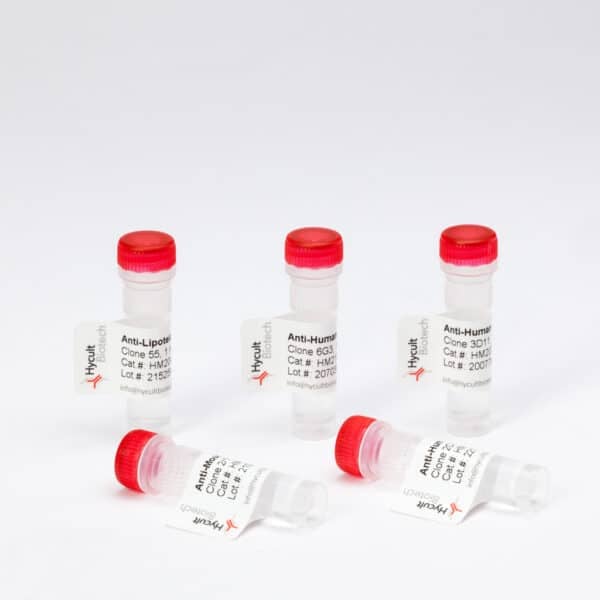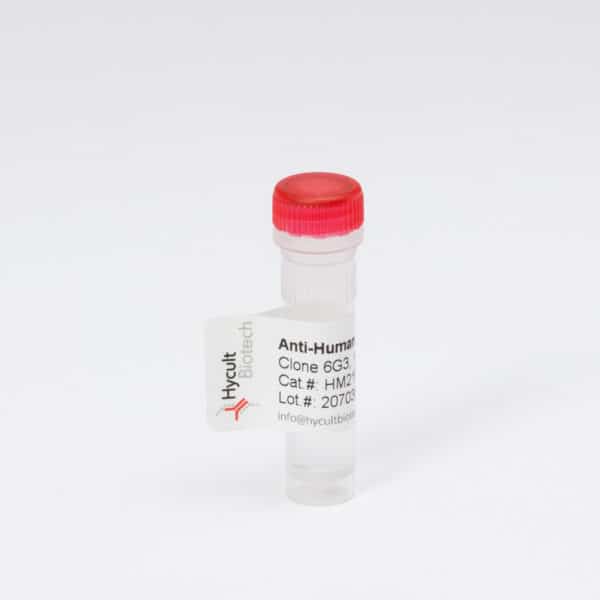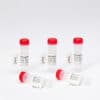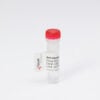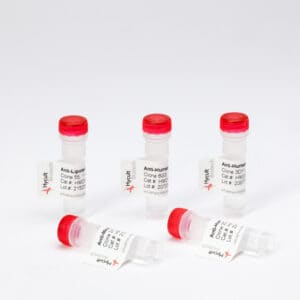C1q, Human, mAb JL-1
€510.00
The monoclonal antibody JL-1 recognizes the collagen-like region (CLR) of human C1q, a 459 kDa molecule consisting of three individual polypeptide chains. The antibody has been generated by immunization of C1q-/- C57BL/6 mice with purified mouse C1q.
C1q forms together with C1r and C1s the C1 macromolecule, the first component of the classical complement pathway. Interaction of immune complexes with C1q induces a conformational change within the C1 complex, which results in activation of the classical pathway. C1q functions as recognition unit by binding to the heavy chain of IgG or IgM (Fc gamma and Fc micro) provided that the immunoglobulins are bound to their antigen. Furthermore, C1q can also recognize molecular patterns associated with pathogens and it can bind to apoptotic blebs, where it activates the classical complement pathway and mediates phagocytosis. As such, C1q promotes the clearance of apoptotic cells and subsequent exposure of auto antigens, thereby preventing stimulation of the immune system.
C1q is predominantly produced by macrophages but also by follicular dendritic cells, interdigitating cells and cells of the monocyte-macrophage lineage. C1q deficiency has a profound effect on host defence and clearance of immune complexes. Absence of C1q may cause autoimmunity by impairment of the clearance of apoptotic cells. Inherited C1q deficiency is also associated with the development of systemic lupus erythematosus (SLE).
The monoclonal antibody JL-1 is reactive with the collagen-like region (CLR) only, which is the same region to which autoantibodies in mice and humans are binding. Anti-C1q autoantibodies deposit in glomeruli together with C1q but induce overt renal disease only in the context of glomerular immune complex disease. This provides an explanation why anti-C1q antibodies are especially pathogenic in patients with SLE.
You may also like…
-
View product €359.00
